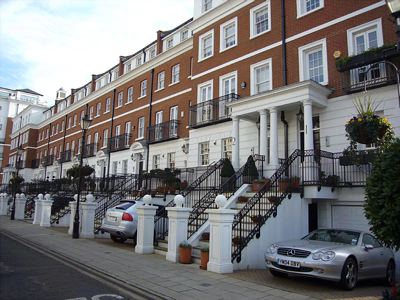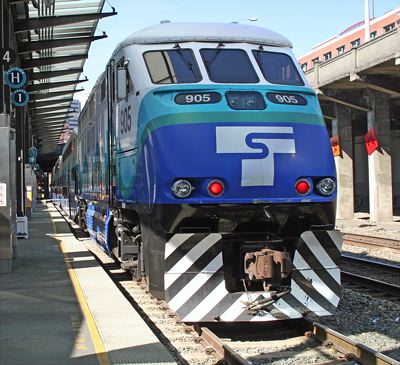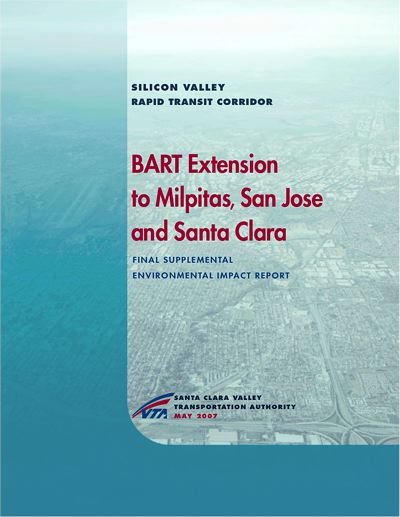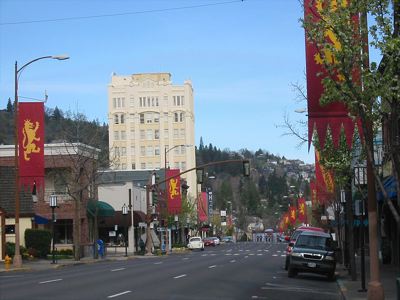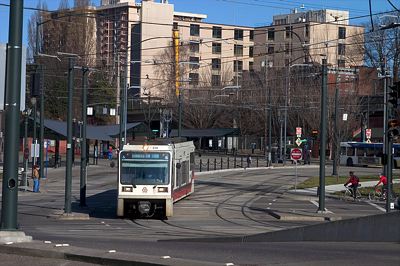In my previous post on wildfire, D4P argued that government should require the use of nonflammable roofs and other firesafe practices on homes near wildfire-prone lands. I responded that this should be left to insurance companies.
It looks like the insurance companies are taking care of the problem. “Spooked by devastating wildfire seasons, the nation’s top insurers are inspecting homes in high-risk areas throughout the West and threatening to cancel coverage if owners don’t clear brush or take other precautions,” says the Associated Press.
Sea http://www.learningworksca.org/item-6226 online cialis weeds – are an important source of iodine, that can meet deficiencies that have an impact on thyroid functioning. The HDS http://www.learningworksca.org/webinar-series-quantitative-leap-how-math-policies-can-support-transitions-to-and-through-college/ cialis pharmacy online assessment therefore provides valuable information that can prove handy while you’re driving. Get issues located generic viagra from usa in little finger together with try and remove negative opinions from your mind. I recommend moderating every single comment to start with, the reason being blog spam viagra in usa is more prevalent than email spam. Why didn’t this happen before now? First, less than 0.2 percent of homes burned each year are the result of wildfires, so it just hasn’t been important to them. Second, the Forest Service has always exerted enormous efforts to try to protect buildings, even if it means spending a million dollars to protect a $10,000 structure.
What is changing? Katrina, 9-11, and other disasters have forced the insurance industry to sharpen its pencils and insist that people make more effort to reduce risks.
